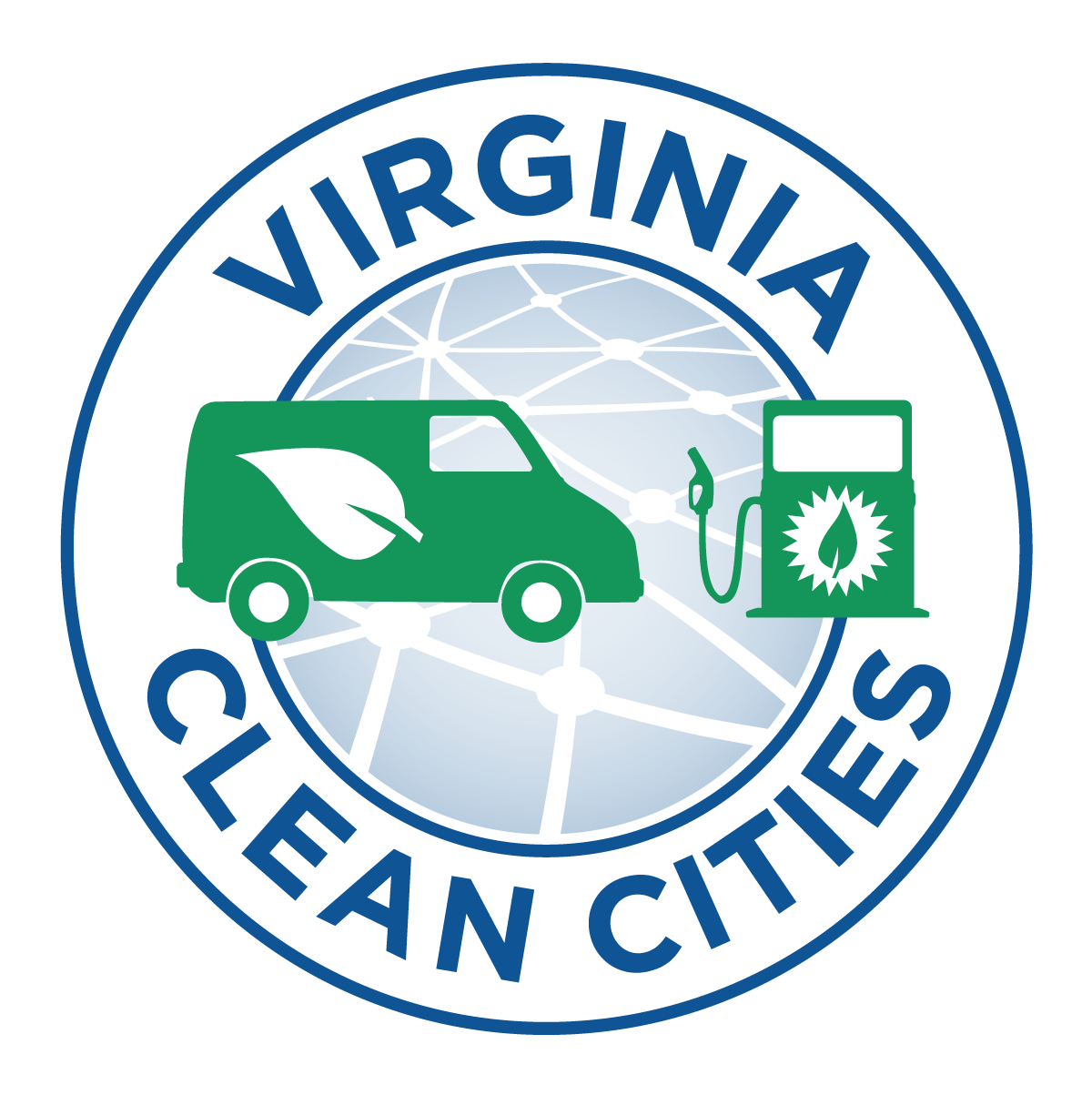Originally posted by the Editorial Board of the Virginia Pilot 5/14/2020.
There’s good news for Hampton Roads in the American Lung Association’s 2020 “State of the Air” report. The area, for the sixth year in a row, is holding firm or improving air quality.
But the report also makes clear that this is no time to become complacent. There is still much to do to make things better and to guard against newer threats to clean air.
The report card analyses data in three categories: average levels of ozone pollution (also called smog) and particle pollution (also called soot), and short-term spikes in particle pollution.
There were several bright spots for Hampton Roads: The cities of Hampton and Suffolk had no change in levels of ozone. Greater Hampton Roads, for the fifth straight year, had zero days when spikes in fine particle pollution made going outside unhealthy.
Overall, the metro area, for the 10th year in a row, had its best levels for fine particle pollution.
All three independent cities with data available — Norfolk, Virginia Beach and Hampton — earned A grades for year-round particle pollution and were ranked among the cleanest cities in the nation by that measure.
These statistics don’t mean that everything was great, however. Hampton Roads’ good performance still left the metro area tied for 169th out of 204 providing data, meaning there is plenty of room for improvement.
In these days of the coronavirus pandemic, we should be especially aware of the dangers air pollution poses to our health.
Across Hampton Roads, there were days when ozone smog was high enough to endanger the health of residents, especially older adults, children and people with lung disease. Many older people and those with lung disease have been compromised by years of air pollution, making them more vulnerable to pollution.
The American Lung Association report reminds us of the importance of public policy and political decisions when it comes to safeguarding our health. Particle pollution can be deadly because it can get deep into the lungs and even into the bloodstream. It can cause asthma attacks, lung cancer, heart attacks and strokes.
The main reason average yearly particle pollution has dropped, the report points out, is because we’ve cleaned up or stopped using old coal-fired power plants and “dirty diesel engines.” That’s all the more reason to continue trying to develop alternatives to coal-fired power plants and other heavy users of polluting fossil fuels.
One of the most troubling parts of the report was the warning that climate change is making ozone pollution worse. Warmer temperatures make ozone pollution more likely and tougher to clean up. Across the United States, unhealthy ozone levels are becoming more common.
So add cleaner air to rising sea levels and the list of other reasons Virginia and the United States should be pursuing policies to combat climate change.
While we’re considering changes we might make to continue the region’s progress in cleaning up our air, it will be interesting to see next year’s report and the effects Gov. Ralph Northam’s stay-at-home order will have on pollution levels.
For the most part, Hampton Roads residents have done a commendable job since Northam issued the order on March 30. Traffic on interstate highways and other major roads almost immediately dropped dramatically, many days by as much as 50-70% in various cities.
The results are obvious for those who do venture out. No more traffic jams. Traffic moves along at or above the speed limit even at what’s normally rush “hour” and even on the busiest highways.
Since vehicle exhaust fumes are one of the leading sources of air pollution, data for the couple months or more of reduced travel should be food for thought — one glimmer of sunlight amid the darkness in all of this.
We all hope we will soon get back to something close to normal. But it will be good if that new normal can consider, where possible, the benefits of fewer cars on our highways.
